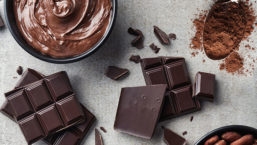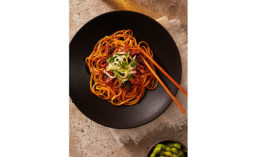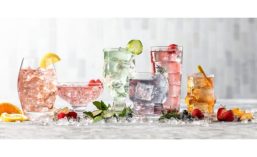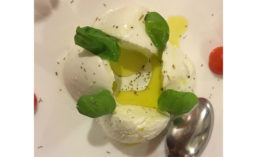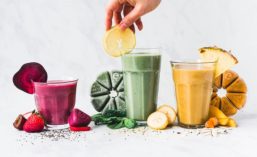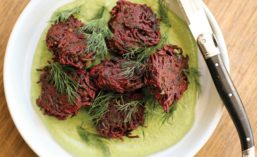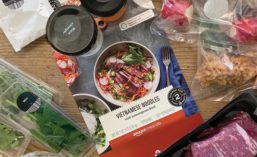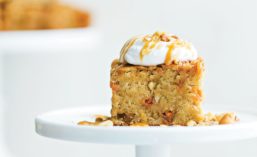Articles by Anne-Marie Ramo
Ingredient techs aid formulators in tackling challenges such as cost, storage, and shelf-life requirements in addition to flavor management
Read More
Dairy Alternatives Provide Opportunities for Product Development Innovation
The rise in consumer demand for dairy-free products has challenged developers to analogs using starches, fibers, hydrocolloids, and proteins
February 9, 2022
Pasta’s Next Great Leap Includes New Global Horizons and Greater Nutrition
Product developers have turned to cuisine cultures ranging from Eastern Europe to Turkey to North Africa to bring greater variety, and nutrition, to the humble noodle dish
October 28, 2021
Boosting Beverages with Nutritional Ingredients
Beverage makers appeal to consumers with products that contain vitamins and minerals, protein (plant or dairy), botanicals, tea, tea extracts, probiotics, prebiotics, and fiber
September 9, 2021
Cheese: An Unqualified Favorite
As specialty cheeses become more popular, their manufacturing processes become more streamlined, mechanized, and efficient
June 14, 2021
Product Makers Pick Fruit to Add Flavor, Health to Formulations
Adding fruit to formulations has become not only easier, but more exciting with the continuously expanding variety of fruits to choose from and the near disappearance of seasonality
March 31, 2021
Product Developers are Paying Closer Attention Than Ever to the Versatility of Vegetables
Value-added vegetable products are crowding onto grocery store shelves, supermarket fresh bars, and restaurant menus throughout the US
July 17, 2020
Examining Meal Kit Consumers
Fit to Kit: An increasing number of consumers are avoiding cooking meals at home — by cooking meals at home
January 22, 2020
Developing High End Food Products for Quick Preparation
Quick & Easy: Consumers across all demographics and increasingly short on time are seeking enticing and adventurous flavors, made fast
February 7, 2019
Inclusions Bring On the Taste, Texture to Food Formulations
Product makers and foodservice companies are finding consumer interest is readily piqued by the addition of inclusions
November 21, 2018
